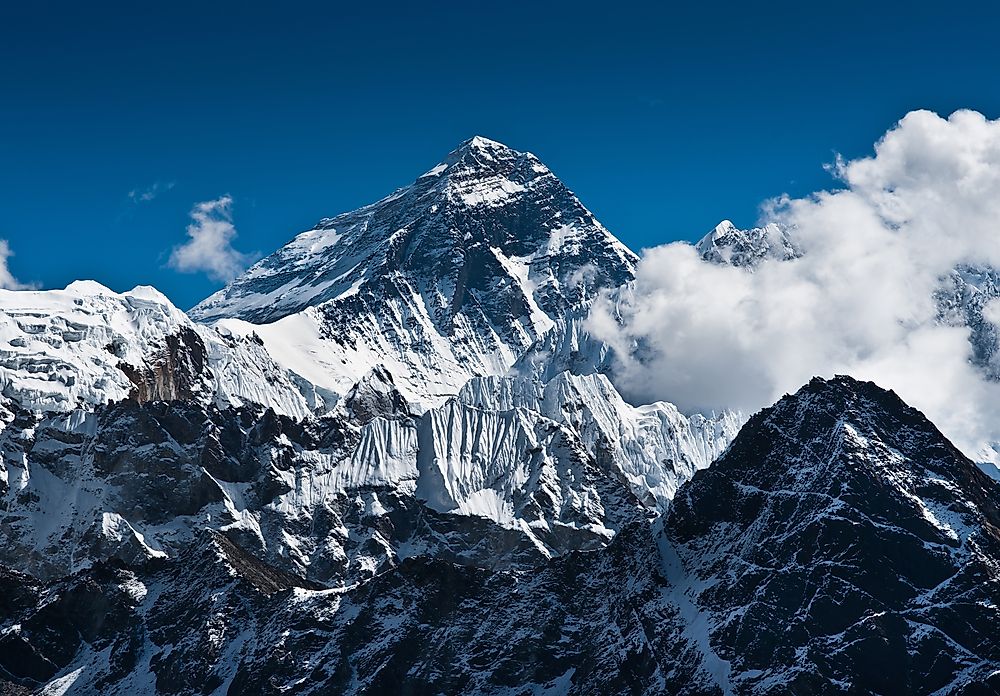What Is The "Death Zone" In Mountaineering?

In mountaineering, the phrase “death zone” (previously known as the “lethal zone”) is a specified high altitude where the levels of oxygen available are unable to support human life. This height is set at about 26,000 feet. There are a total of 14 death zone mountain summits in the world which are above 26,000 feet, and all of them are found in the Karakoram and Himalaya mountain ranges. These summits are known as the eight-thousanders.
A Swiss doctor and alpinist called Edouard Wyss-Dunant first thought of the idea of a “death zone” in the year 1953. Majority of the deaths that have happened during high altitude climbing have been a consequence of the “death zone”, whether directly or indirectly. Direct causes can be through the deterioration and ultimately the loss of vital body functions. While indirectly, it can be through some wrong choices when under stress or waning of bodily strength. To fully grasp what happens to humans at such perilous heights, it is vital to understand what changes happen to the body and the atmosphere.
Altitude Acclimatization
There are two ways that the human body can adapt to changes in high altitudes. The adaptation can be either long term or short term. In the short term, the body increases the rate and depth of breathing (called hyperpnea) in response to the higher altitude and consequently the reduced amount of oxygen. The carotid bodies are the ones that detect a reduction in oxygen. Hyperpnea can be a dangerous thing because it may cause severe adverse effects of respiratory alkalosis. If this happens, then the human body is prevented from improving the rate of respiration as much as the human body would need. Respiratory alkalosis is a condition whereby an upsurge in the respiratory rate increases the pH of blood which is usually within the neutral range of 7. In some cases, the body cannot increase its breathing at all due to a renal or pulmonary infection or because of an insufficient carotid bodily reaction. The heart also escalates its rate of beating, non-essential functions of the body are halted while the stroke volume also reduces. The stroke volume is the amount of blood pumped in one heartbeat.
Complete acclimatization takes weeks depending on the altitude change and health. The body makes up for the respiratory alkalosis by renal removal of bicarbonate which permits adequate breathing and it can take about four days, shorter if medication is used. The body further adapts by producing lower amounts of lactate, reduced plasma volume, higher aerobic enzyme concentration, among other changes. Maximum adaptation is when the level of red blood cells hits a permanent plateau.
The Death Zone
The human body, while capable of adapting to changes in altitude, is incapable of acclimatizing when someone gets into the “death zone”. A protracted stay in the zone without any source of oxygen, essential for the survival of the human body, one is guaranteed to die.











